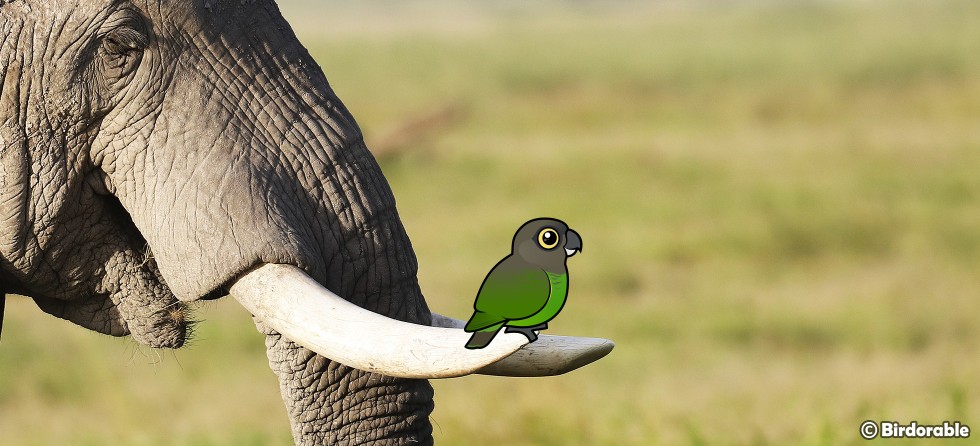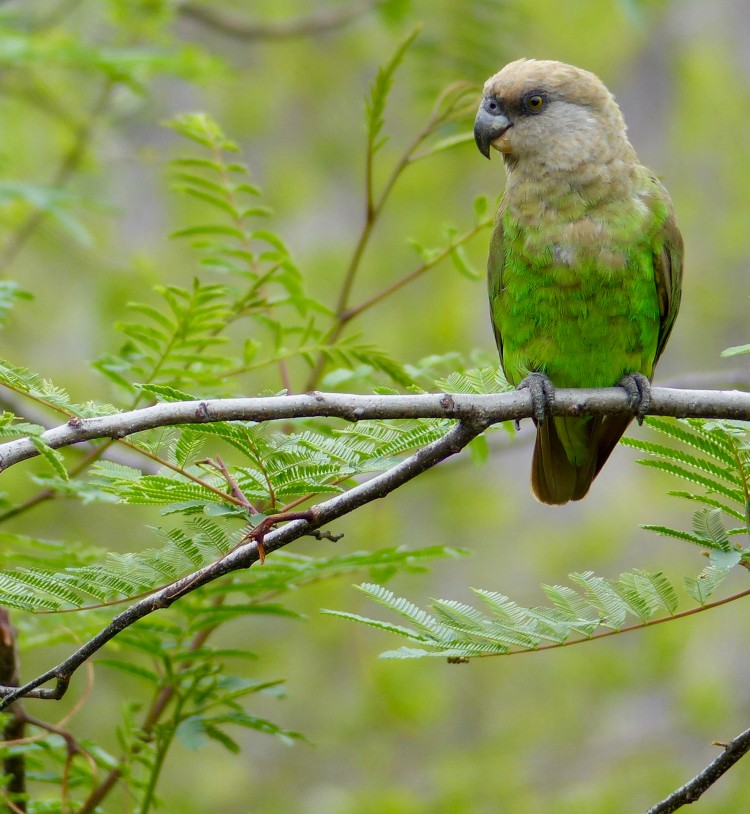Birdorable Brown-headed Parrot Comes Flying in from Africa

The Brown-headed Parrot, a native to the African continent, finds its home in a variety of habitats, ranging from coastal forests to woodland savannas. This adaptability speaks volumes about its resilience and the diverse ecological niches it occupies. Observing these parrots in their natural environment offers a unique insight into their daily lives, from the foods they favor, like fruits, seeds, and occasionally blossoms, to their social interactions and nesting habits.
What makes the Brown-headed Parrot particularly endearing to bird enthusiasts is not just its colorful appearance but also its behavior and temperament. Known for their intelligence and playful nature, these parrots can form strong bonds with their human caretakers, making them excellent companions for those who have the time and resources to dedicate to their care. Their ability to mimic sounds and their generally curious disposition add layers to their appeal, making each one a unique individual with its own personality.
However, like many parrot species, the Brown-headed Parrot faces challenges in the wild, including habitat loss and the pet trade. These issues highlight the importance of conservation efforts to ensure that future generations can continue to enjoy the presence of these remarkable birds in their natural habitats. Supporting conservation organizations and ethical bird-keeping practices can make a significant difference in the lives of these parrots and the ecosystems they inhabit.

Brown-headed Parrot in Kruger National Park, South Africa, by Bernard DUPONT (CC BY-SA 2.0 DEED)
For those drawn to the allure of the Brown-headed Parrot, whether as pet owners, birdwatchers, or simply admirers of their beauty, there are many ways to celebrate and support these birds. From adopting bird-friendly practices in your own backyard to supporting conservation efforts, every action counts. With its striking colors, engaging personality, and the joy it brings to those who encounter it, this parrot remains a beloved member of the avian world. By learning about and appreciating these birds, we contribute to their conservation and ensure that they continue to thrive in the wild and in our hearts. Let's cherish and protect these vibrant creatures, for they add a splash of color and a burst of life to our world.





Comments
Leave a comment
Thank you!